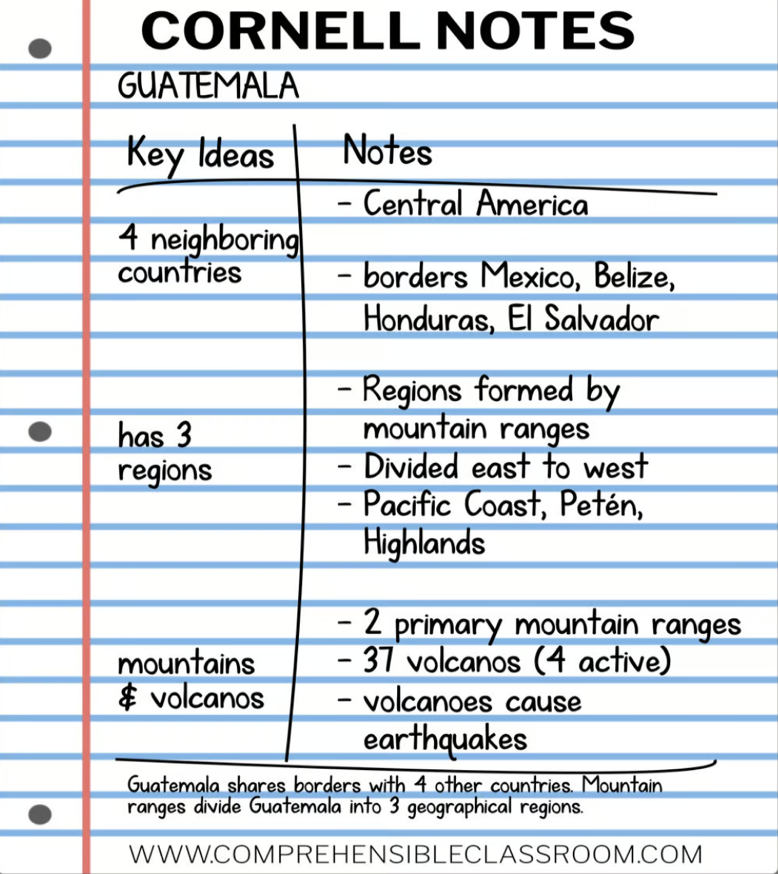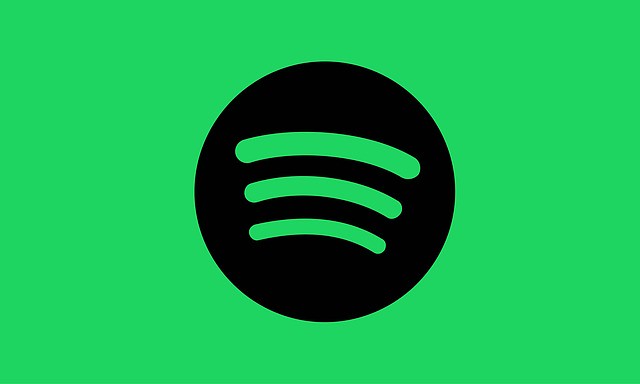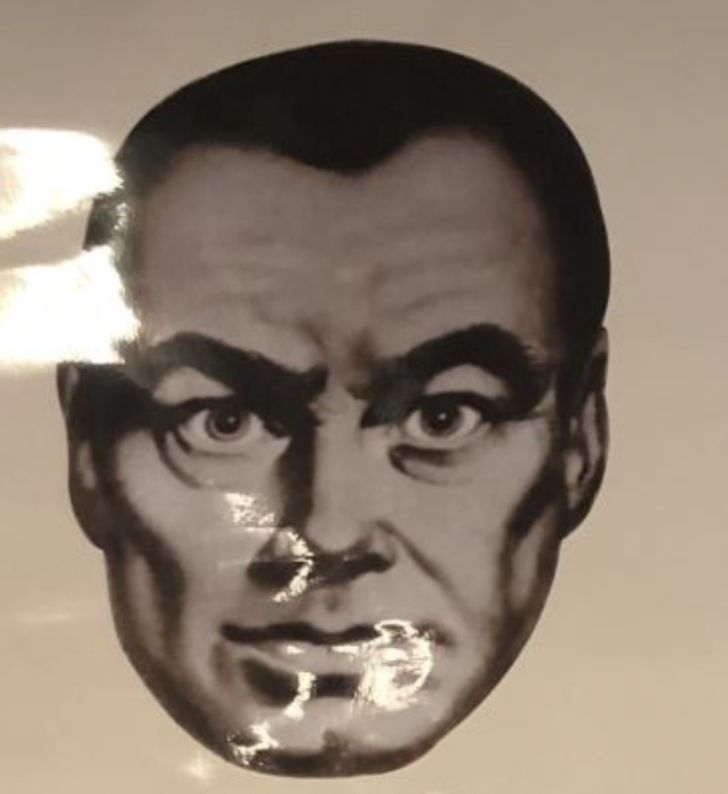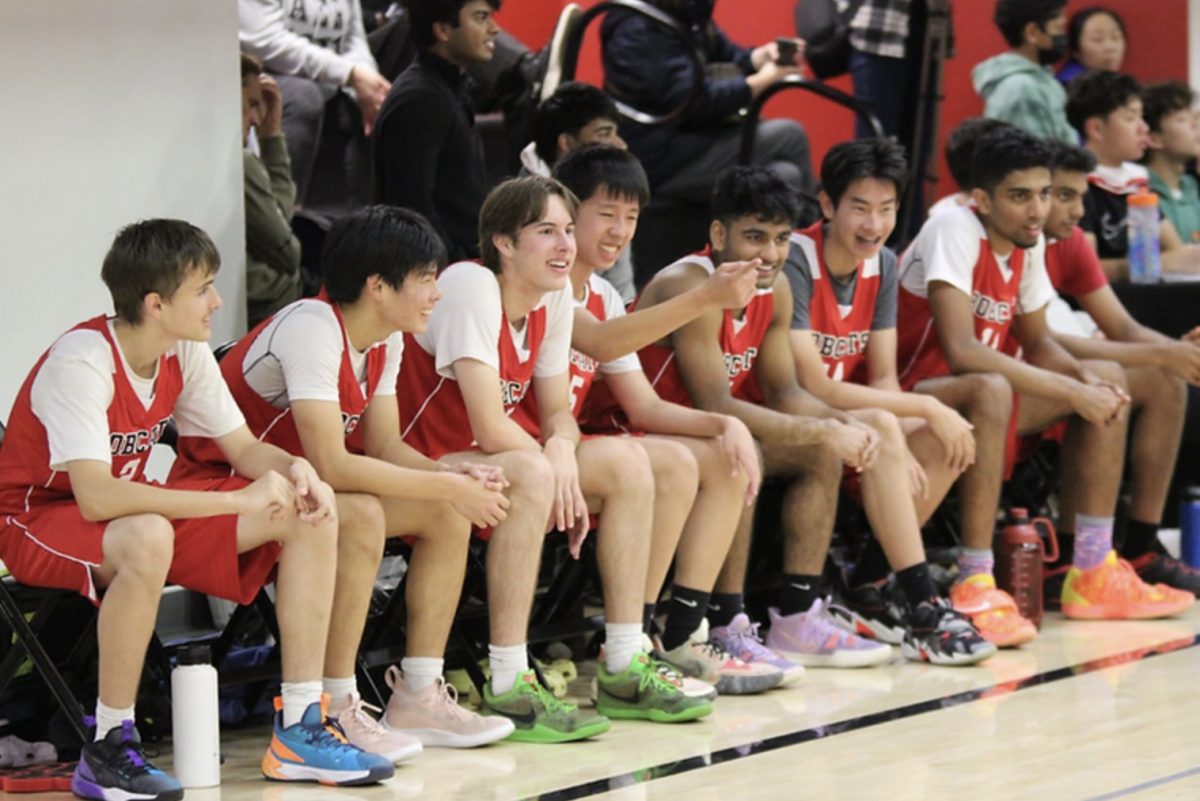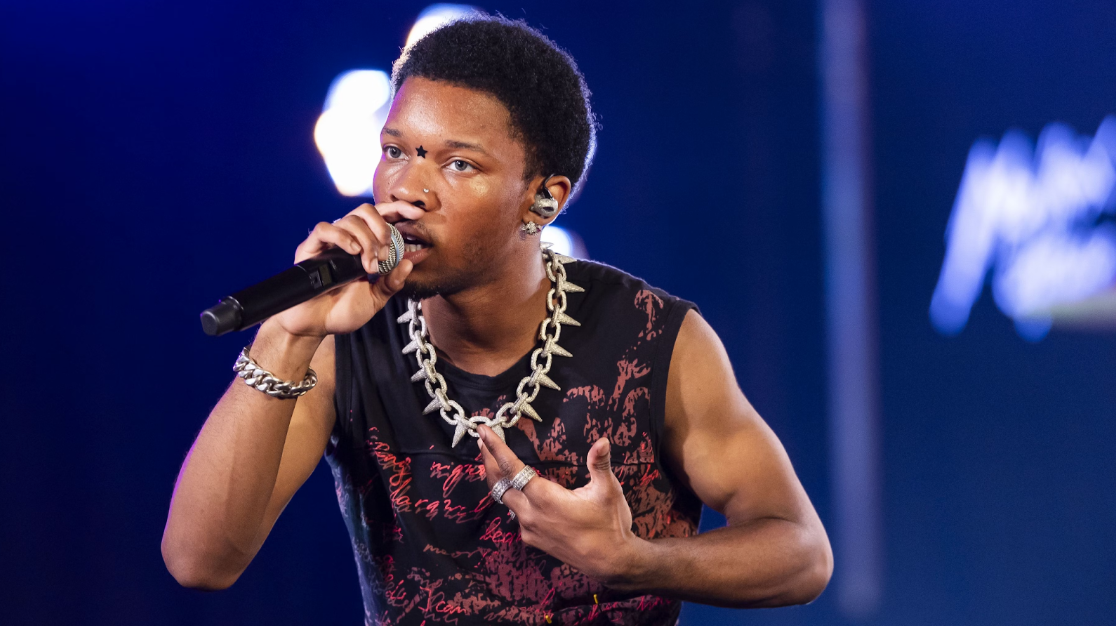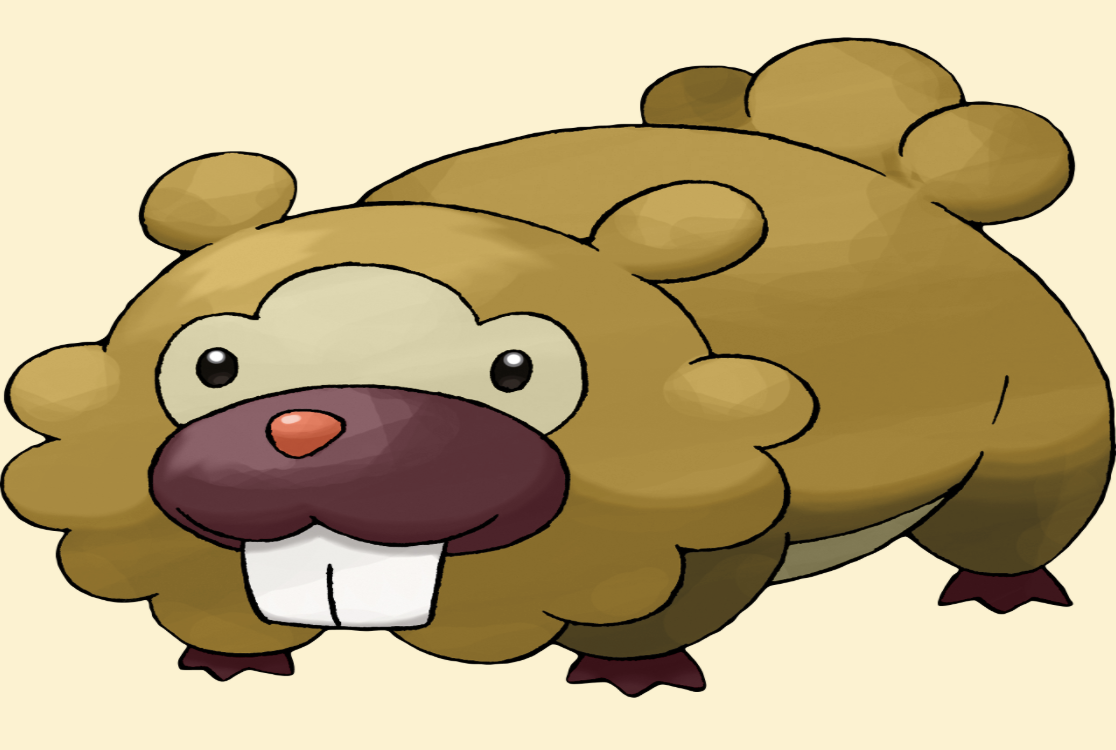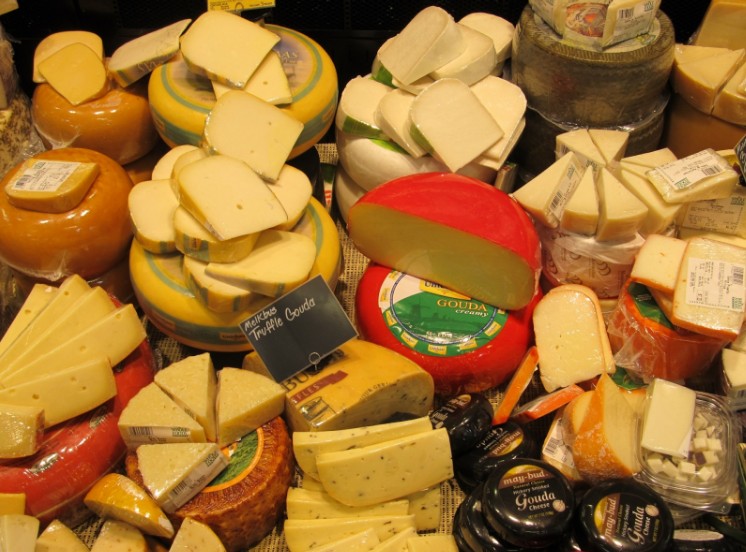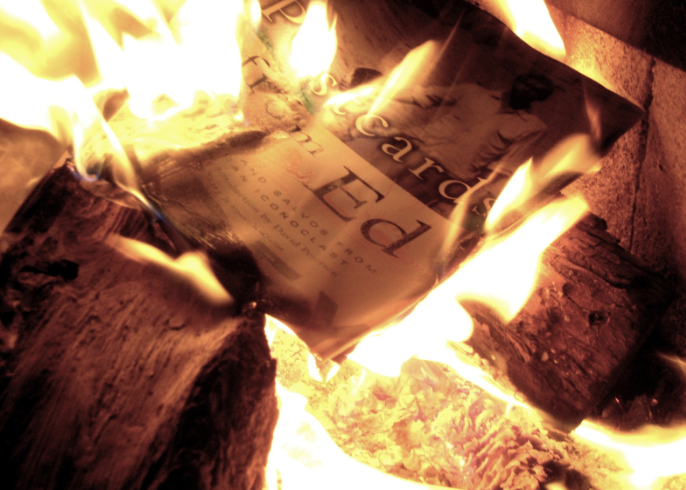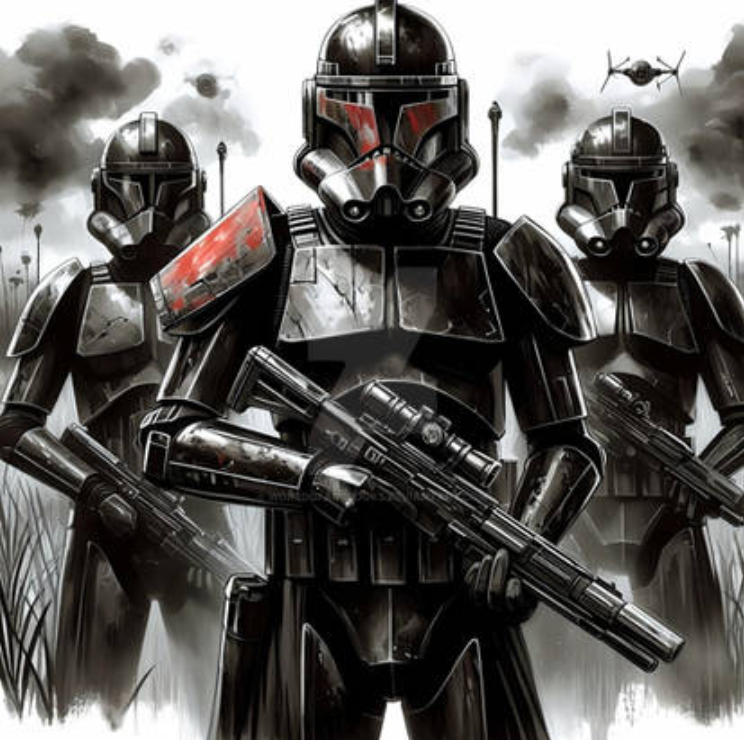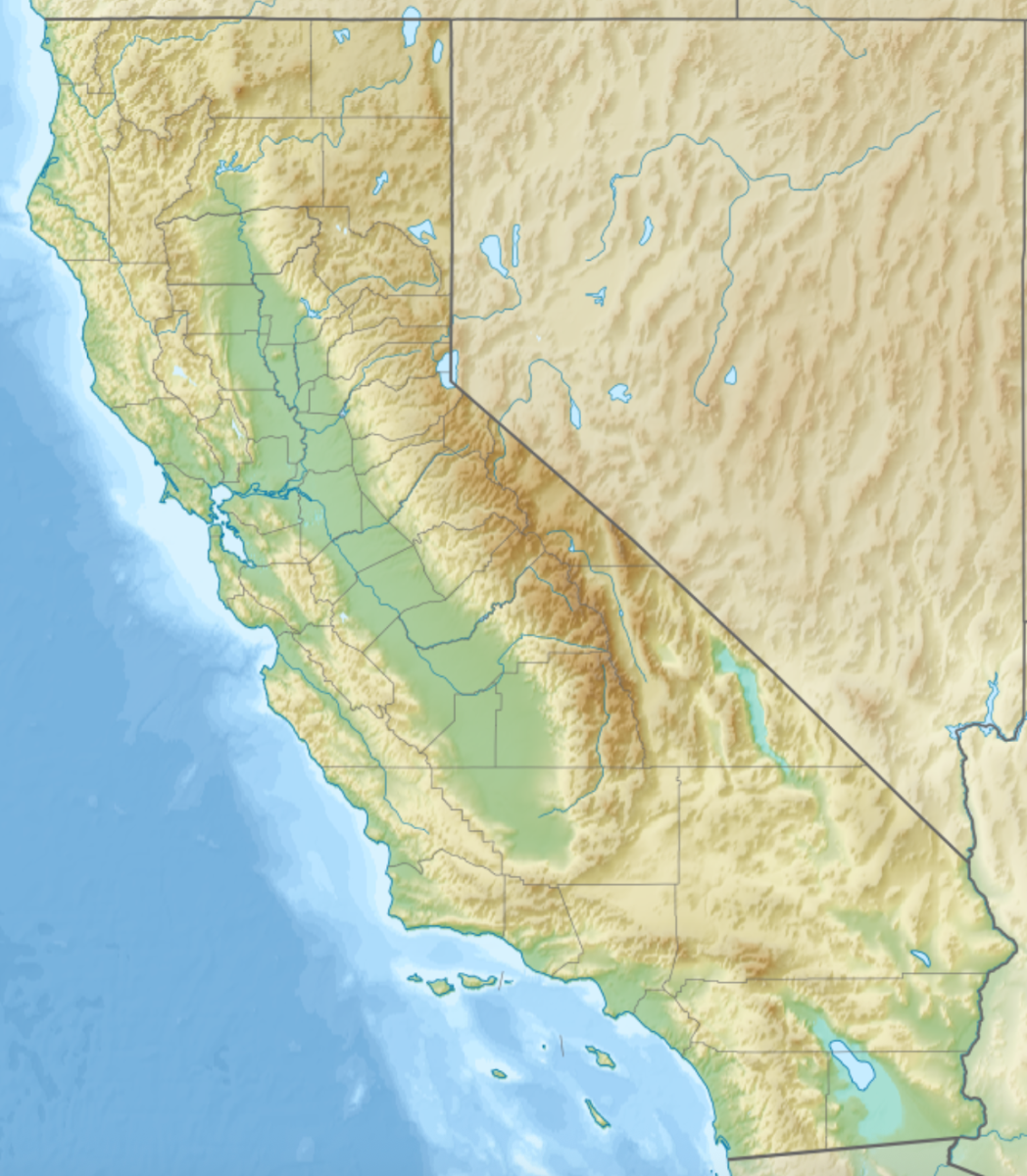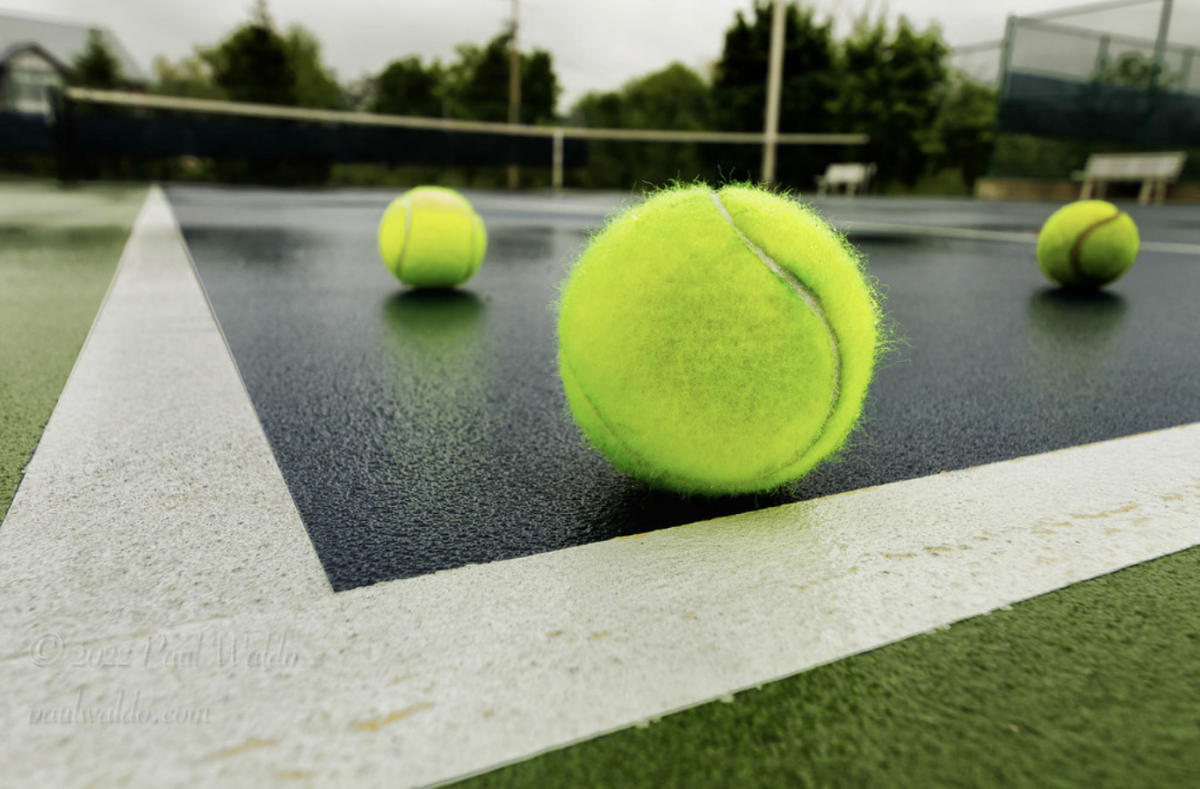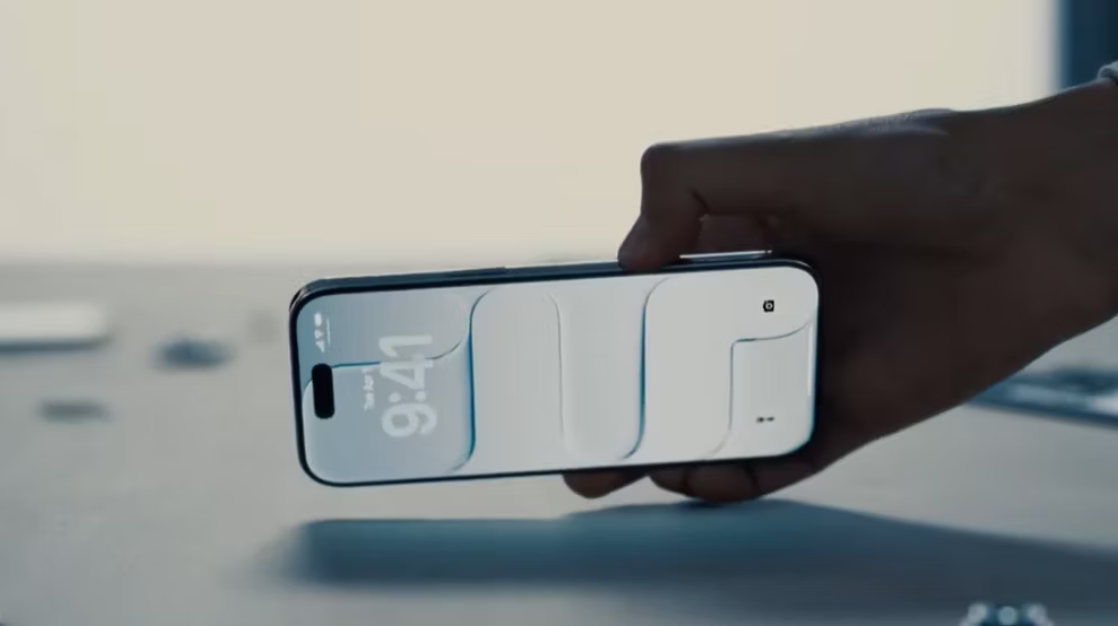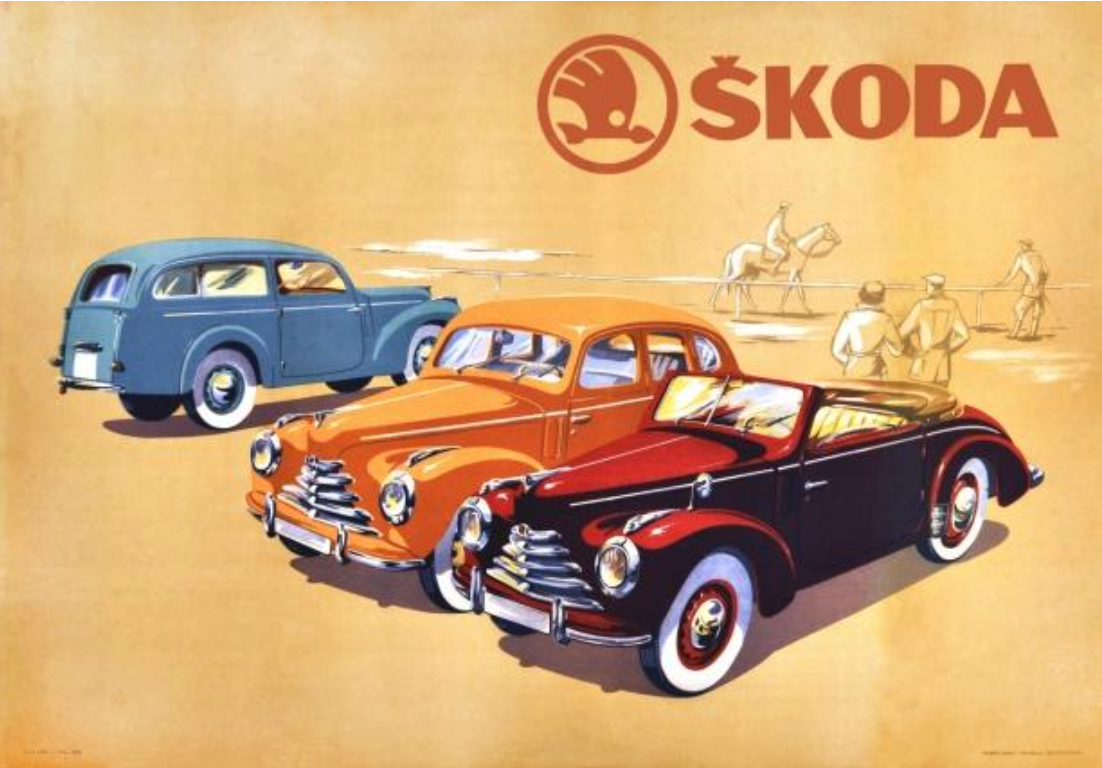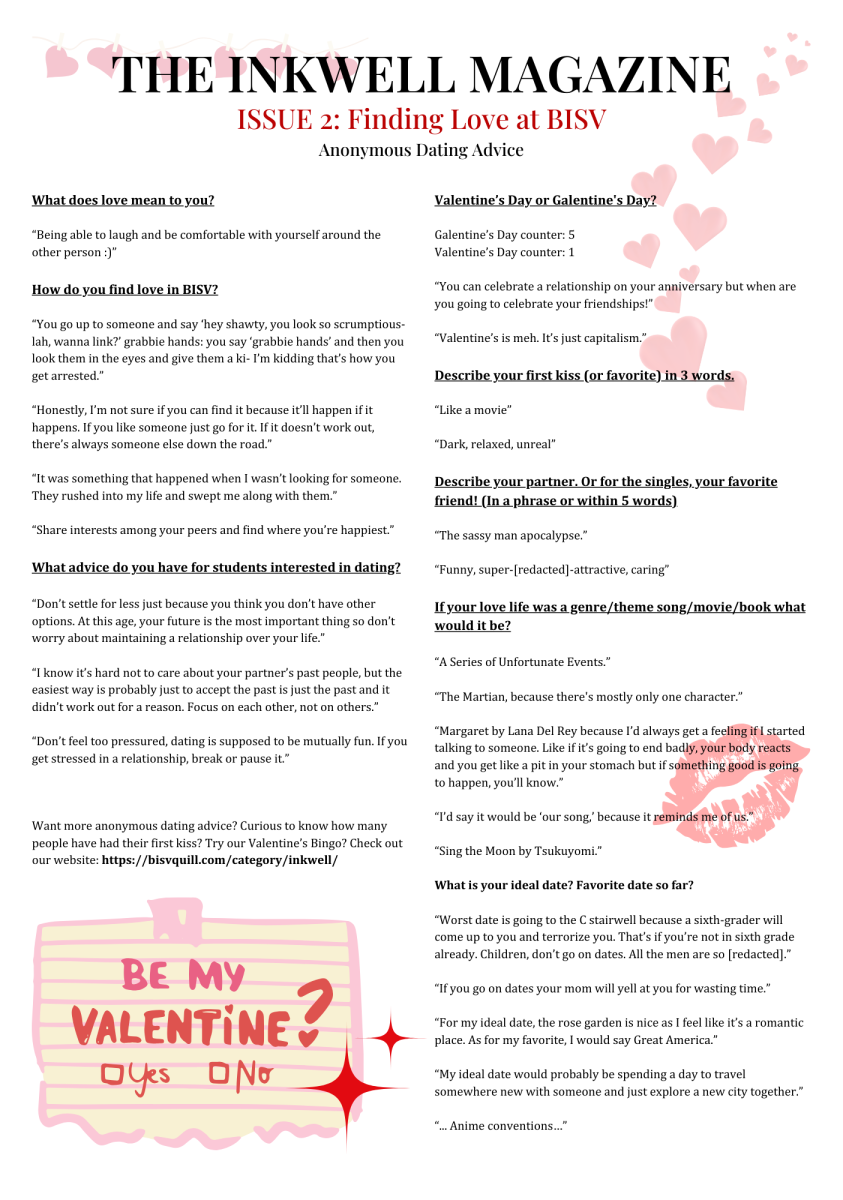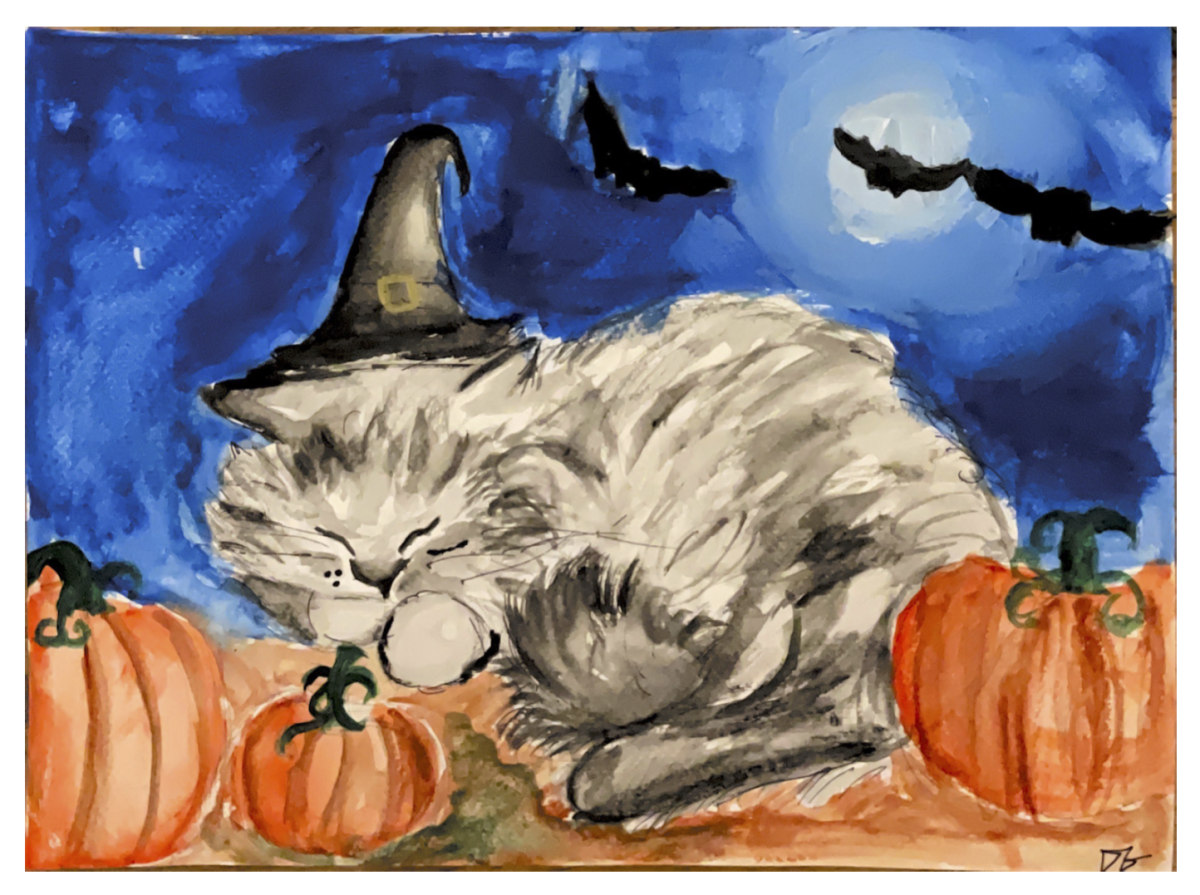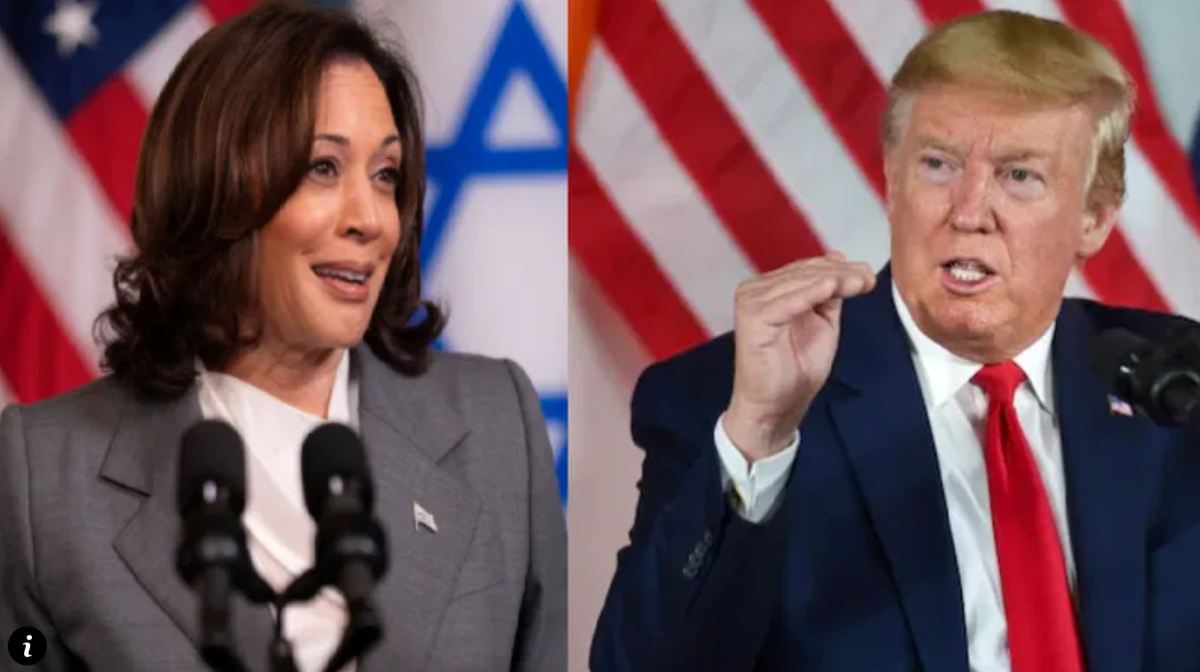Every year fans eagerly wait for the football season to begin. Excited to see the newest rookie additions on the field, they buy opening game tickets hoping their team will take home the Super Bowl Lombardi trophy in February. Players finally get to show off all their training from the offseason. Unfortunately, this year has been plagued by widespread injuries among players. The unusually high number of devastating non-contact injuries has raised concerns about the future of turf in NFL stadiums.
Just one year ago, L.A. Rams wide receiver Odell Beckham Jr. dominated the Bengals in Super Bowl LVI. Off to a hot start, he caught two passes for 52 yards and scored a touchdown in the first quarter. He was on track for a historic performance, but he suddenly went down with a non-contact ACL injury, which weakened and reduced lateral movement in his knees. Despite rupturing the same ligament earlier in his career, Beckham Jr. sparked a protest by demanding a ban on turf.
The most notorious stadium for non-contact injuries was New York’s MetLife stadium, home to the Jets and the Giants, using FieldTurf CORE artificial grass. Last season, the Jets drafted one of the most promising rookies: Breece Hall. He was slowly integrating into their offense, but quickly making an impact. However, before the halfway mark of the season, he suffered an ACL tear that curbed his chances to win the Rookie of the Year award. This season, the Jets finally looked like contenders for the Super Bowl after signing four-time MVP Aaron Rodgers. They already had an elite defense and prodigious rookies on their roster. All eyes were on them for their first game of the season. But only four plays into the season, Aaron Rodgers ruptured his Achilles on the turf. Jets fans and players were heartbroken after their championship aspirations turned to dust in their first game.
Several studies have proven the dangers of artificial turf, and plenty of players have expressed their preference for natural grass. According to The Turfgrass Group, polls revealed that 72% of players would rather play on grass, and players have a 28% higher rate of enduring a non-contact injury to their lower body when playing on turf. Furthermore, Fox News reported that 58% more injuries happen on fake grass as opposed to natural grass. Turf directly causes more injuries because of its hard and unforgiving surface, leading to severe tears. On the turf where teams paint their logo and name, players can easily slip and hurt themselves.
So why don’t stadiums use real grass? Grass has to be trimmed and watered regularly, while turf is much more sustainable. Considering the extensive length of a field, the increase in the cost to maintain and switch to grass is definitely expensive. Yet, it seems greedy and irresponsible to sacrifice players’ health instead of replacing the fields when the average NFL team earns $580 million, according to Forbes.
The difference between turf and grass is real, and the NFL needs to enforce stricter regulations for teams regarding their stadium conditions. Players shouldn’t be nervous about competing in MetLife stadium; likewise, the cost of maintaining grass shouldn’t be prioritized over players’ safety. My prayers go to all the athletes who have suffered non-contact injuries because of turf this season.
Citations
Molski • •, Max. “Grass or Turf? Here’s the Playing Surface at Every NFL Stadium.” NBC Bay Area, 20 Dec. 2021, www.nbcbayarea.com/news/sports/nfl/which-nfl-stadiums-have-artificial-turf-vs-real-grass/2760443/#:~:text=Minnesota%20Vikings%3A%20U.S.%20Bank%20Stadium. Accessed 29 Jan. 2024.
TLMG, Rich. “Does the NFL Prefer Grass or Artificial Turf?” The Turfgrass Group Inc, 13 May 2022, theturfgrassgroup.com/general/does-the-nfl-prefer-grass-or-turf/.
Goldberg, Rob. “Lions Upgrading Ford Field Turf from Slit-Film Surface after Injuries in 2022.” Bleacher Report, bleacherreport.com/articles/10062988-lions-upgrading-ford-field-turf-from-slit-film-surface-after-injuries-in-2022#:~:text=NFL%20players%20association%20president%20JC. Accessed 29 Jan. 2024.
Ngatuvai, Micah S., et al. “Epidemiological Comparison of ACL Injuries on Different Playing Surfaces in High School Football and Soccer.” Orthopaedic Journal of Sports Medicine, vol. 10, no. 5, 1 May 2022, p. 23259671221092321, pubmed.ncbi.nlm.nih.gov/35547616/, https://doi.org/10.1177/23259671221092321. Accessed 12 Sept. 2022.
Tretter, JC. “Only Natural Grass Can Level the NFL’s Playing Field.” NFL Players Association, nflpa.com/posts/only-natural-grass-can-level-the-nfls-playing-field#:~:text=On%20synthetic%20surfaces%2C%20there%20is.
“Sports Medicine Corner: Why Are ACL Injuries so Bad?” Wisconsin Badgers, uwbadgers.com/news/2010/5/12/Sports_Medicine_Corner_Why_are_ACL_injuries_so_bad_.aspx#:~:text=Most%20importantly%2C%20the%20ACL%20aids.




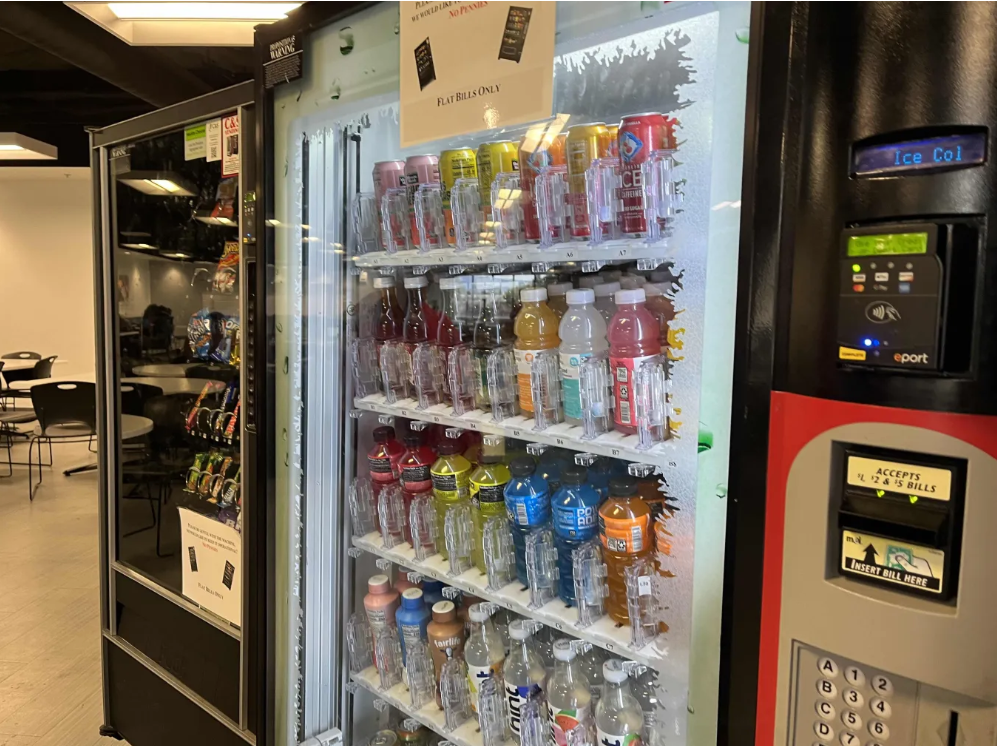


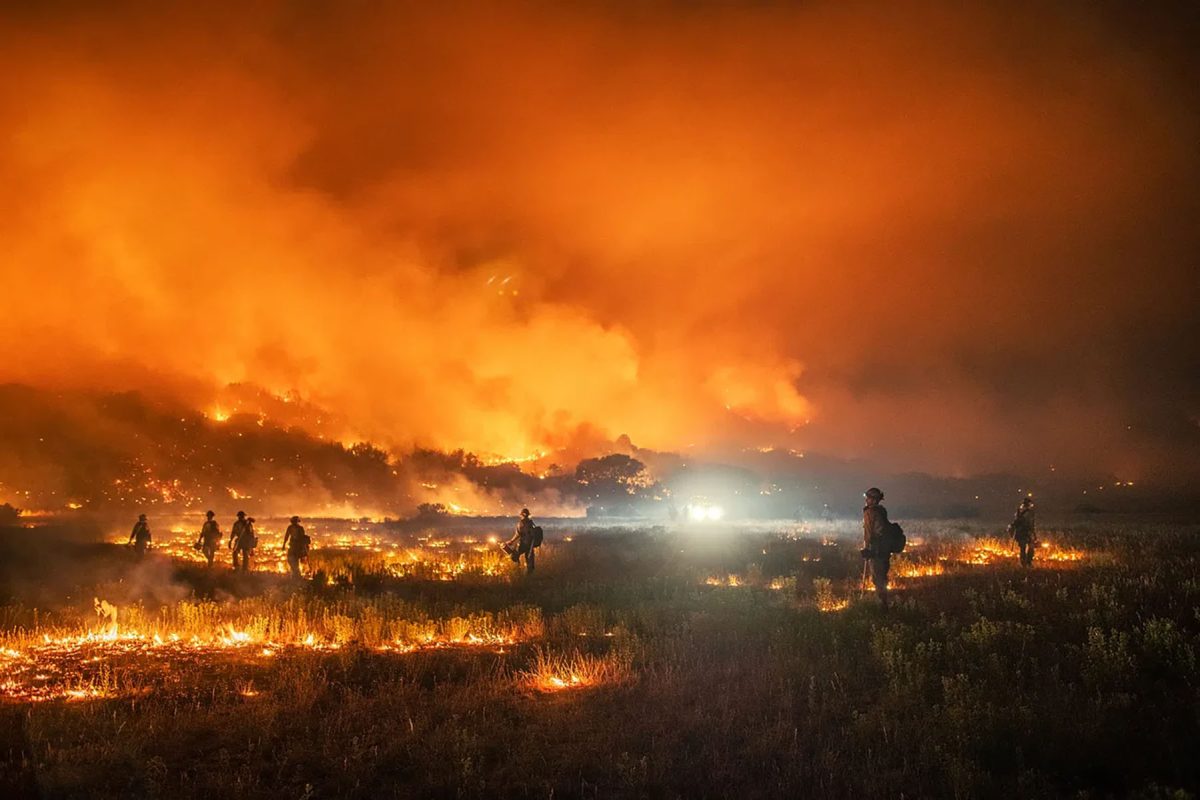
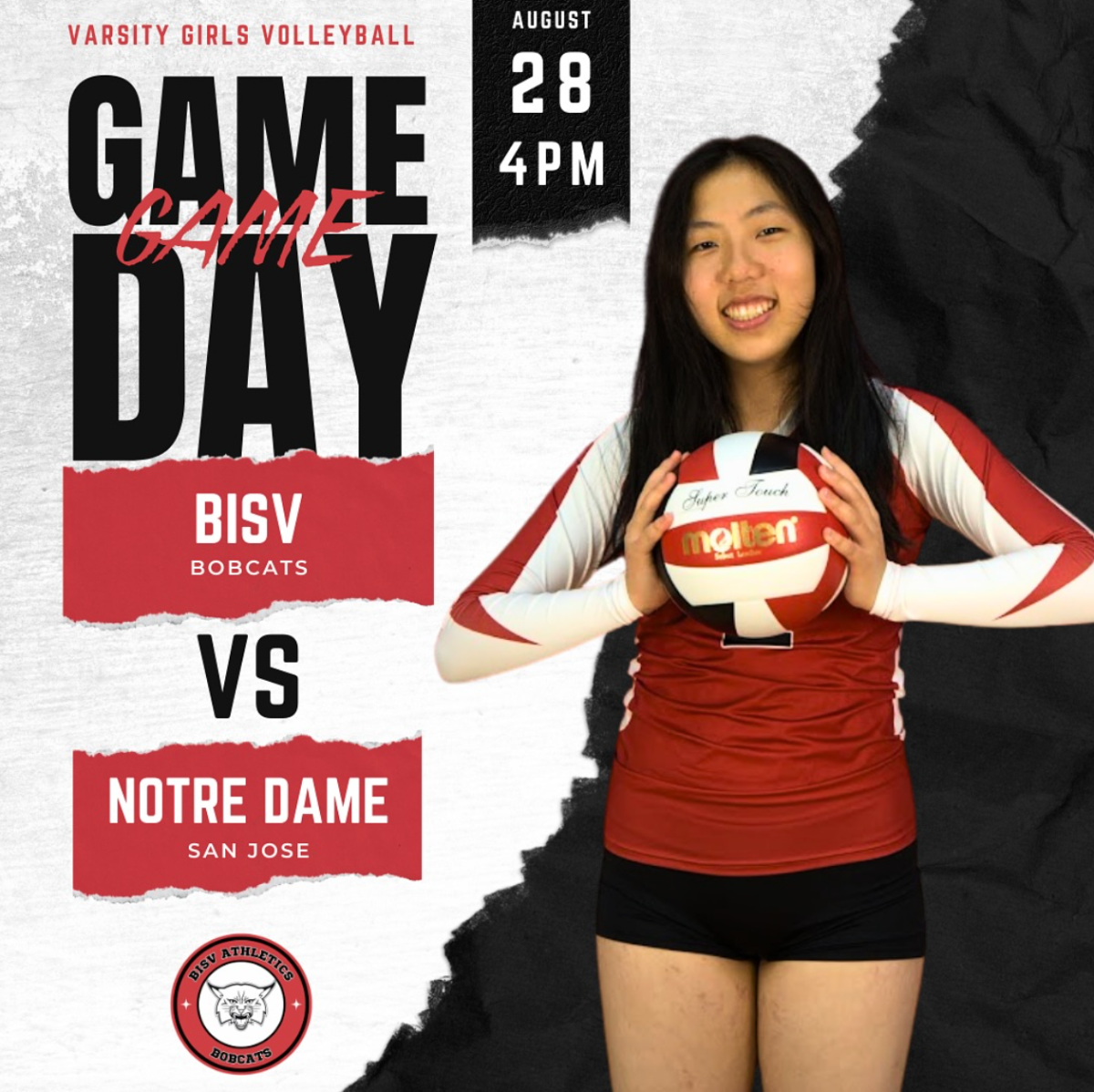


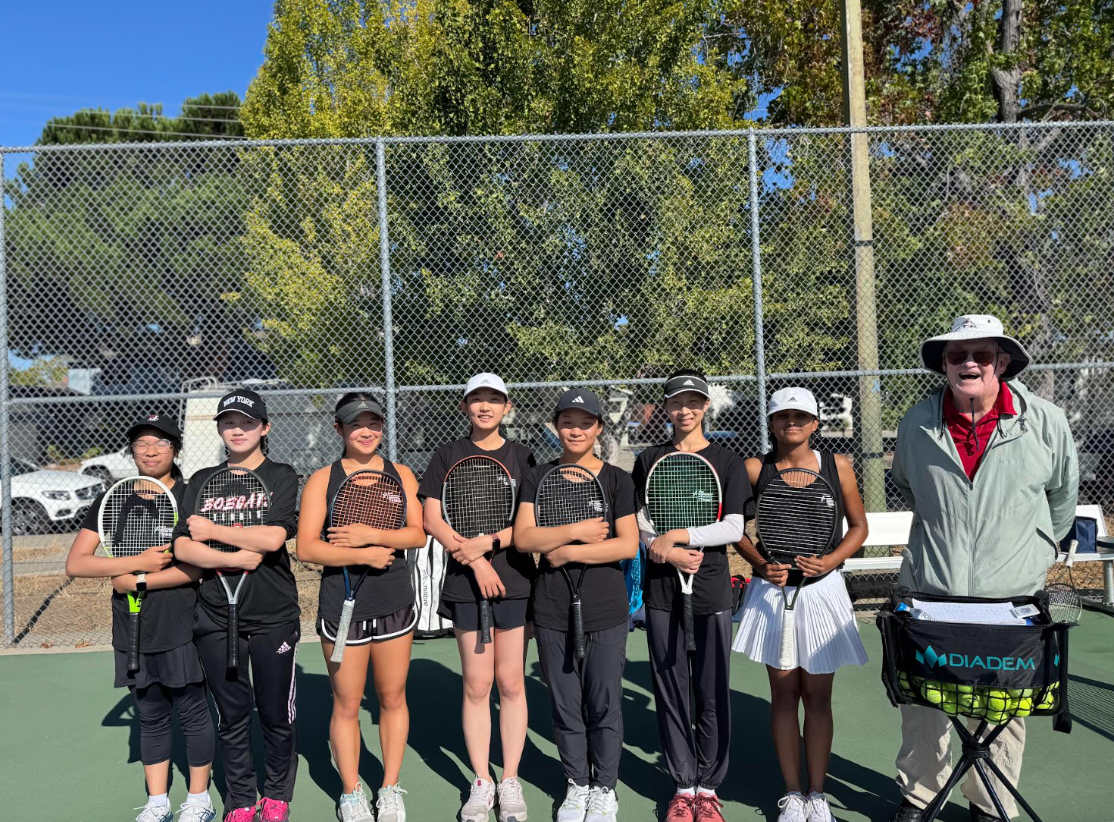
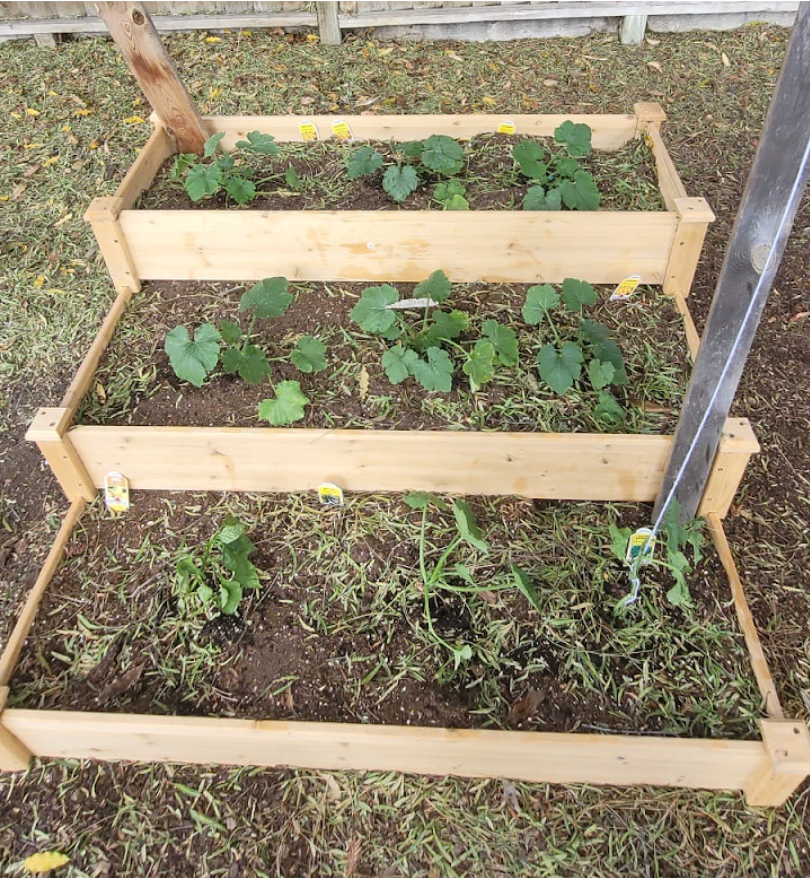
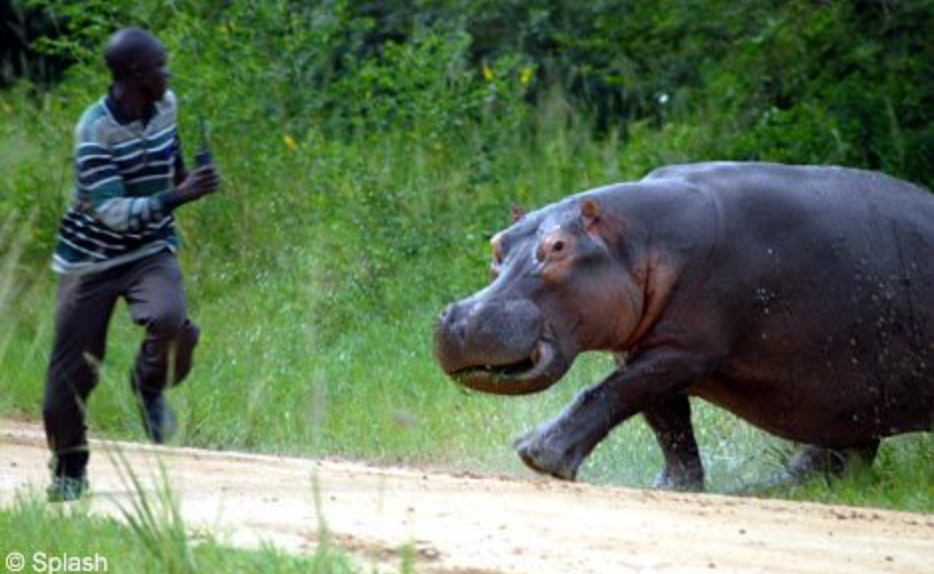
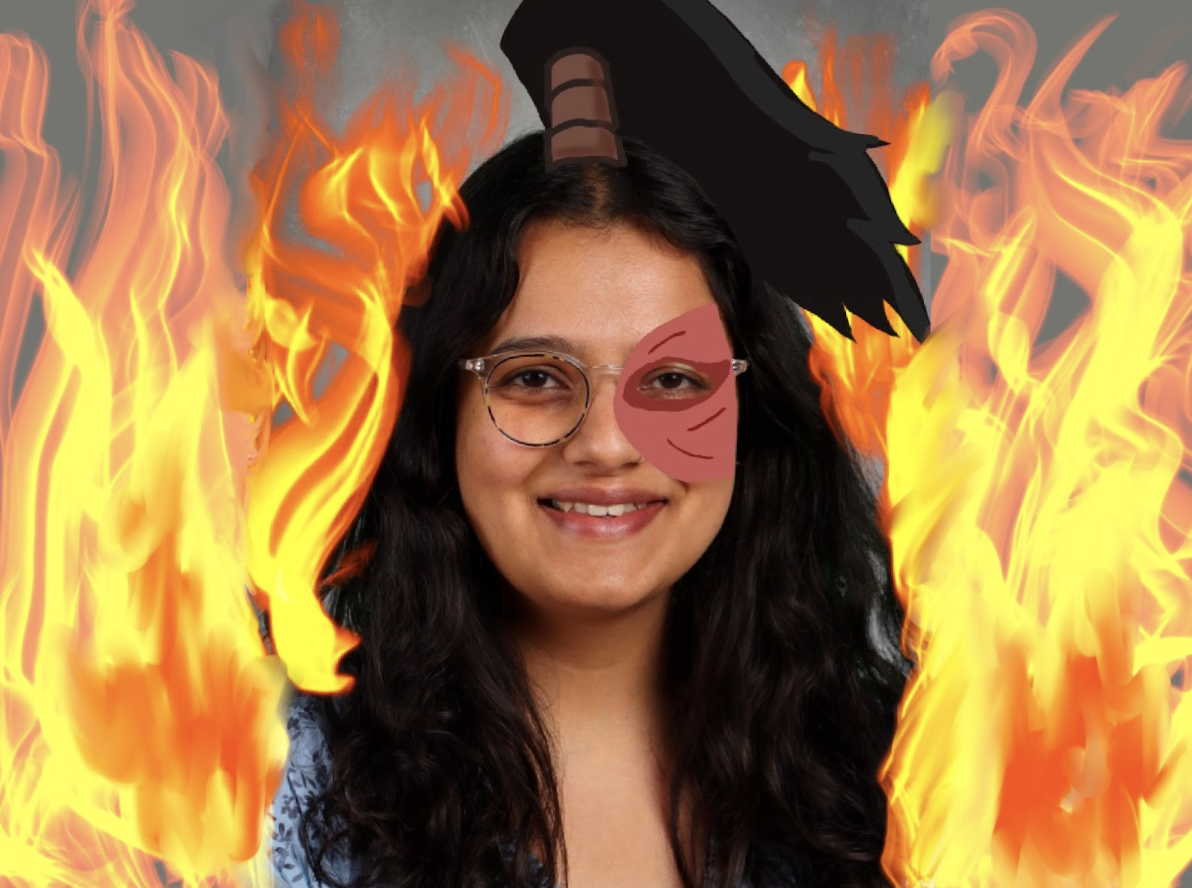


![Teacher [Milk] Tea: Part 2](https://bisvquill.com/wp-content/uploads/2024/03/Screen-Shot-2024-03-19-at-9.28.48-PM.png)
